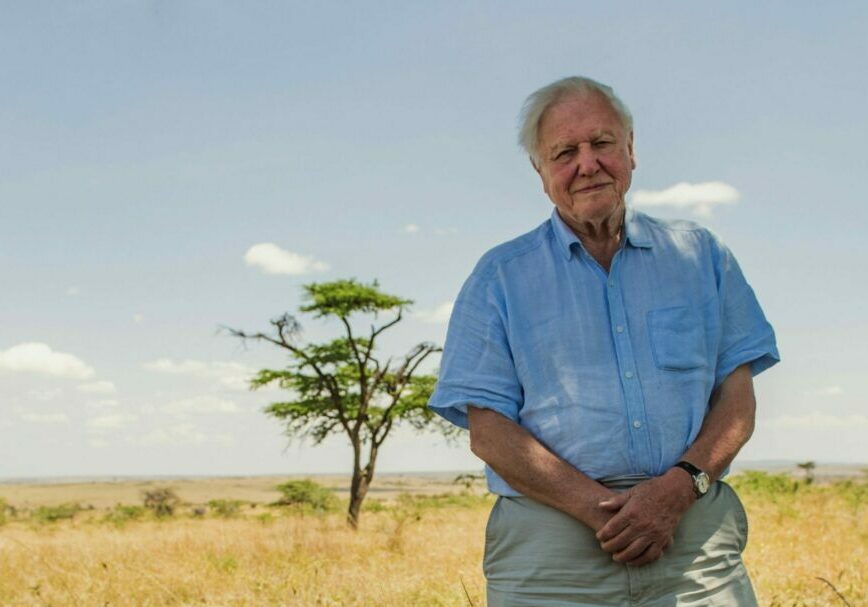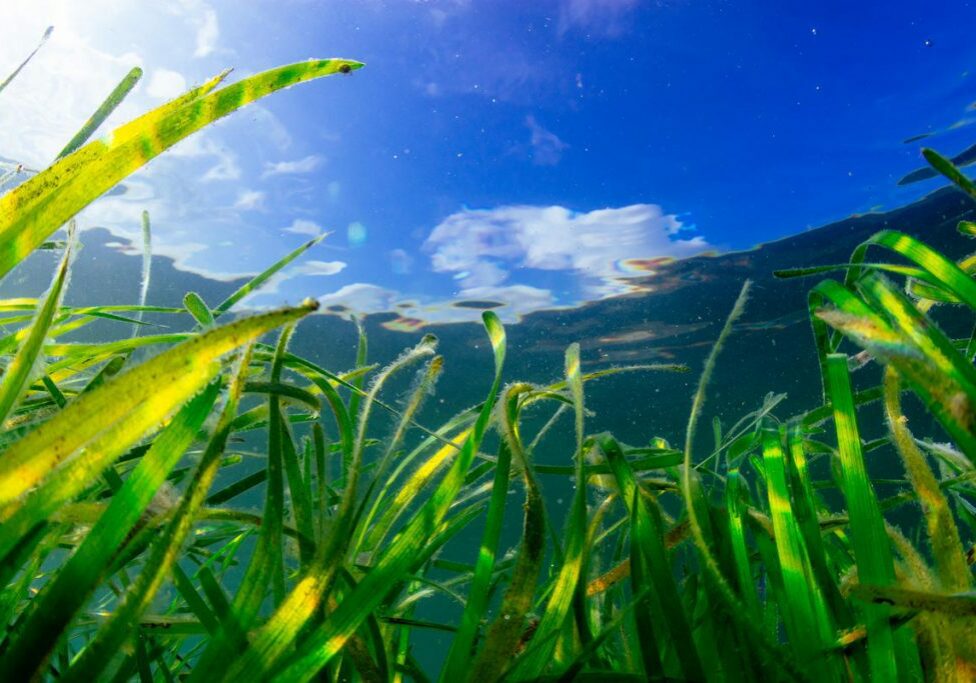Over the past 60 years, WWF has grown from a small group of wildlife enthusiasts to one of the world’s largest and most respected independent conservation organisations. Today, we’re working to protect the planet in more than 100 countries on five continents with the support of five million people.
As we’ve developed, our focus has evolved from localised efforts to protect individual habitats and single species, such as the giant panda, to an ambitious strategy to reverse biodiversity loss, tackle climate change and achieve sustainable development around the globe so that people and nature can thrive.
And you have been with us every step of the way. Thank you.
1961

WWF’s iconic logo is inspired by Chi-Chi the giant panda in London Zoo. Sir Peter Scott wants a strong, recognisable symbol that will overcome all language barriers, and Chi-Chi is “beautiful, endangered and loved by many”. By 2021, the logo has been through several evolutions.

29 April 1961
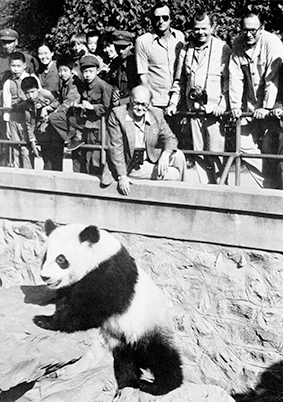
In 1961, species such as giant pandas, polar bears, black rhinos and elephants are in danger of extinction. Determined to act against the “needless destruction” of the world’s wildlife, a group of conservationists including ornithologist Sir Peter Scott and biologist Sir Julian Huxley write a manifesto that is the start of the World Wildlife Fund.

1976
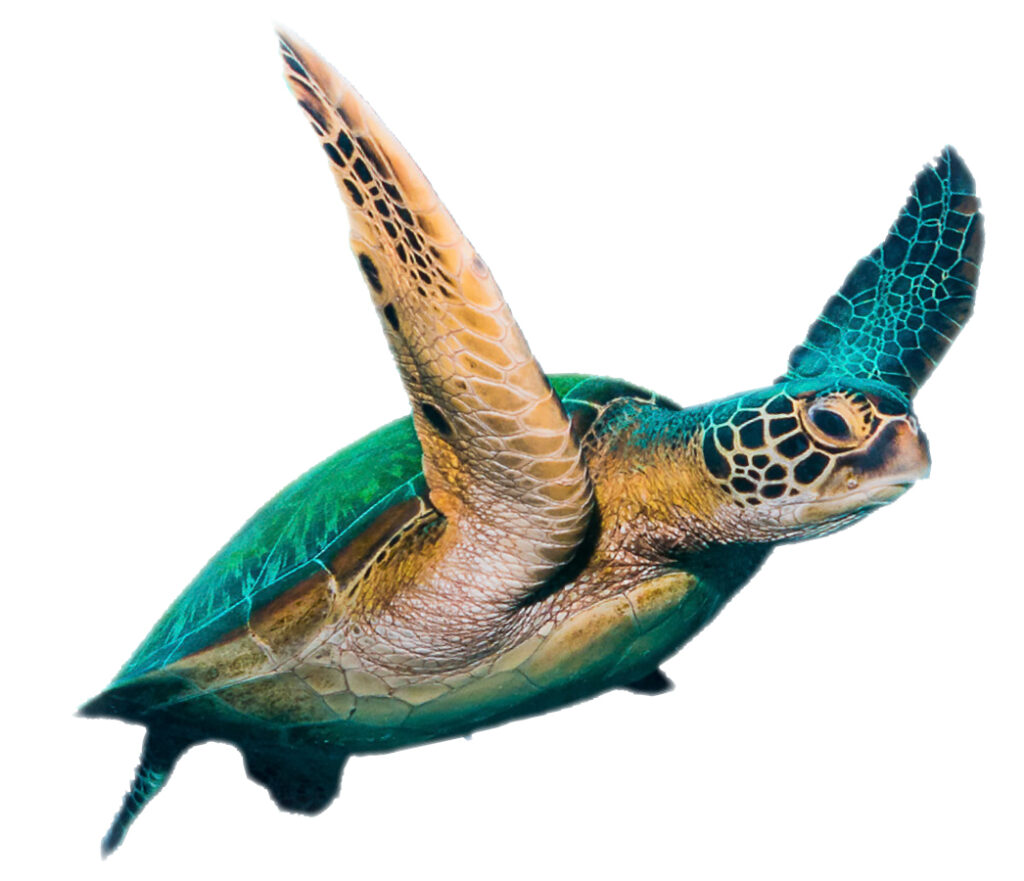
We launch our first marine programme to protect marine turtle nesting sites and establish sanctuaries for whales, dolphins and seals.

1980
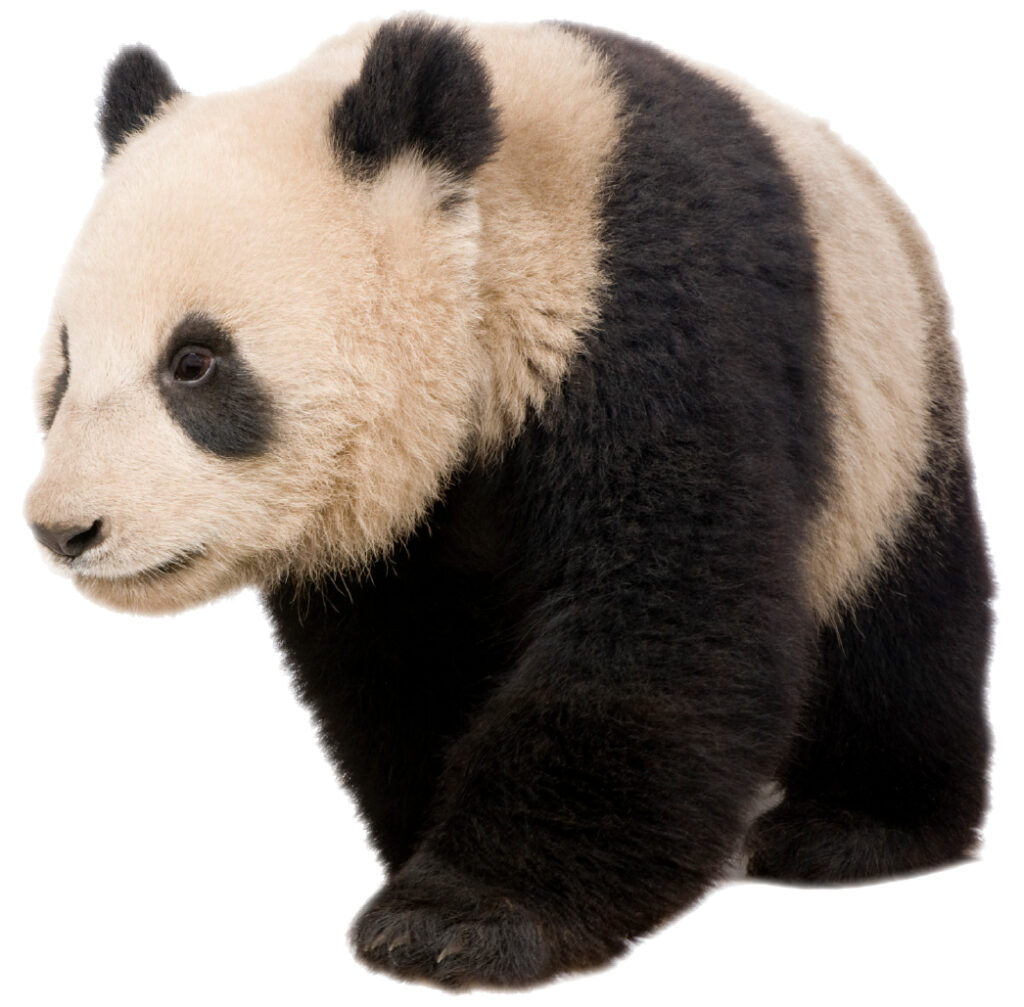
WWF is the first international conservation organisation invited to work in China, to help conserve giant pandas. Thirty years later, after slow but steady progress, the species is reclassified to vulnerable rather than endangered by IUCN. This achievement reflects hard work by the Chinese government, local communities, nature reserve staff and us.

1986
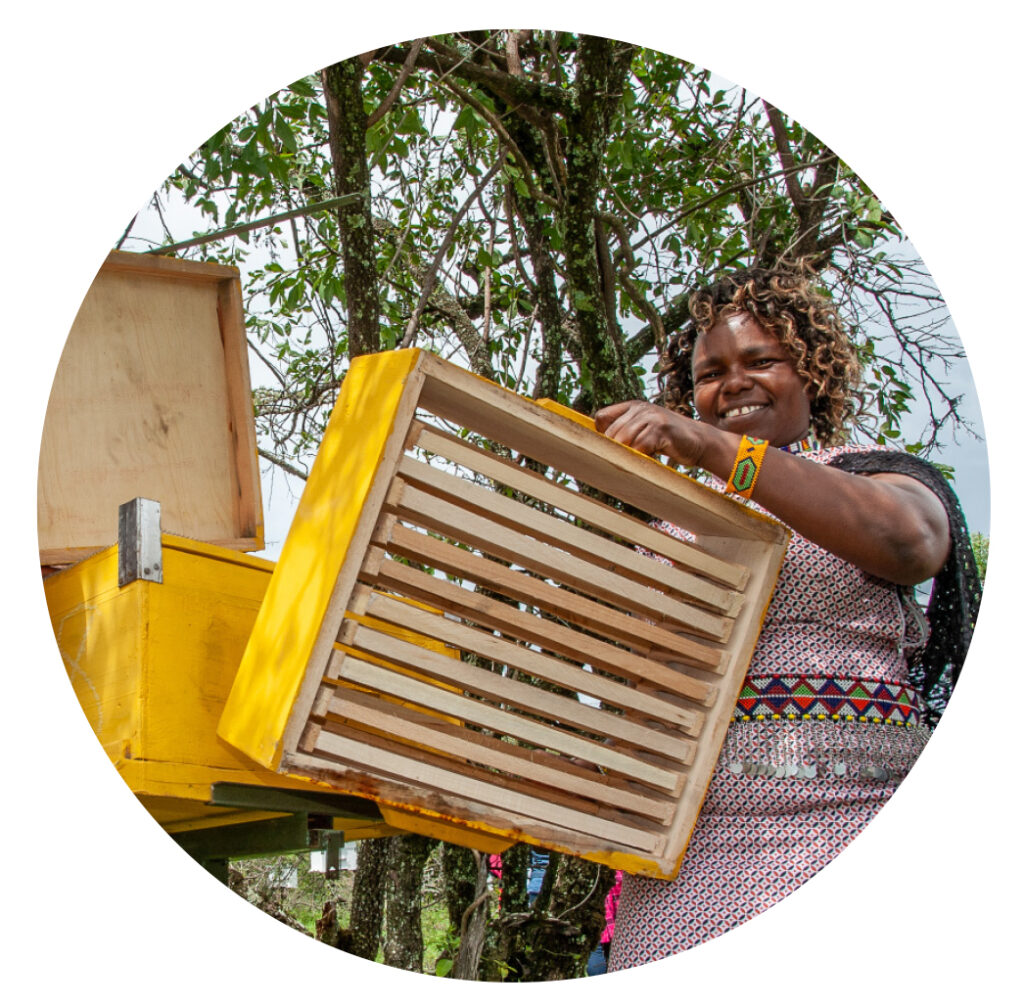
The charity’s name is changed to the World Wide Fund For Nature, to reflect a broader range of activities. This includes increasing cooperation with local people and engaging more with businesses and other partners to promote sustainable resource management.

1993
We help set up the Forest Stewardship Council (FSC) to promote responsible forestry across the world. By 2019, two million sq km of forest have been certified under the FSC system.

2004
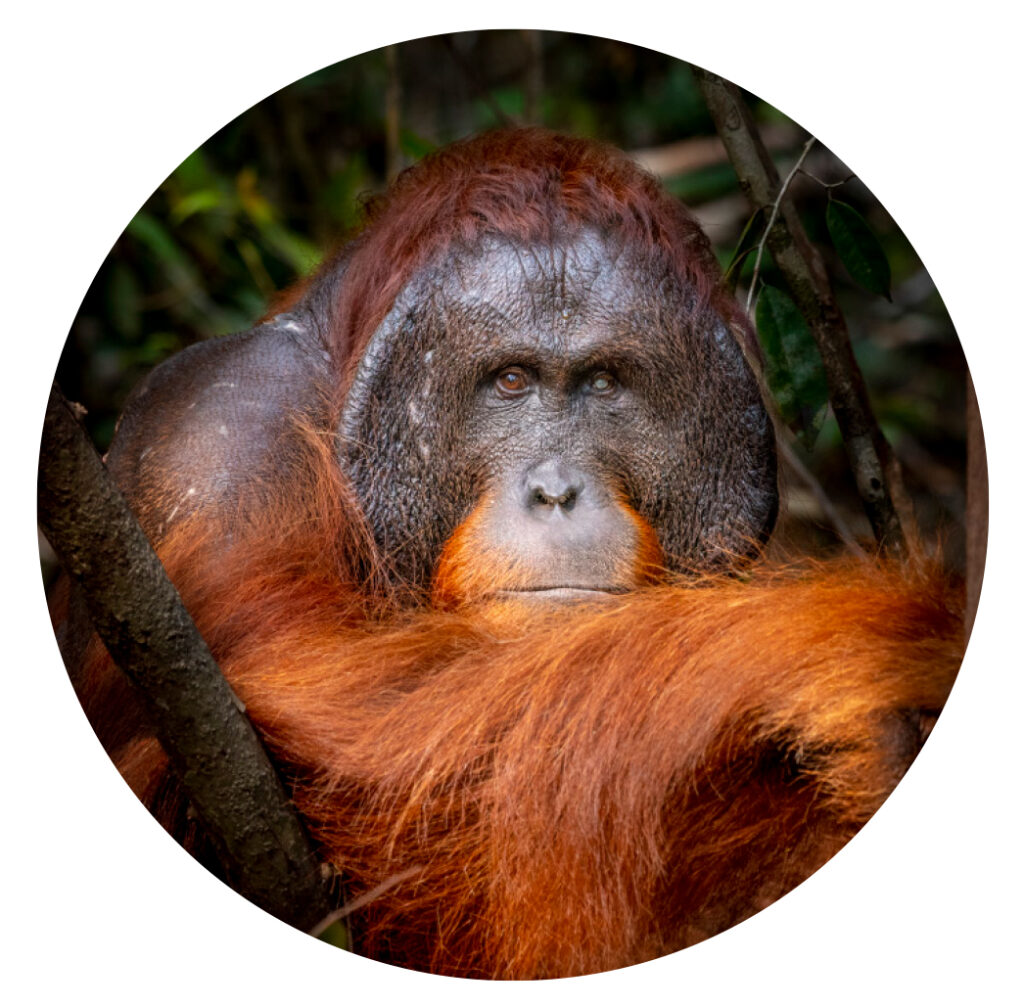
We help found the Roundtable on Sustainable Palm Oil (RSPO), a global standard for companies that produce or use sustainable palm oil, which helps protect the orangutan’s rainforest home.

2007
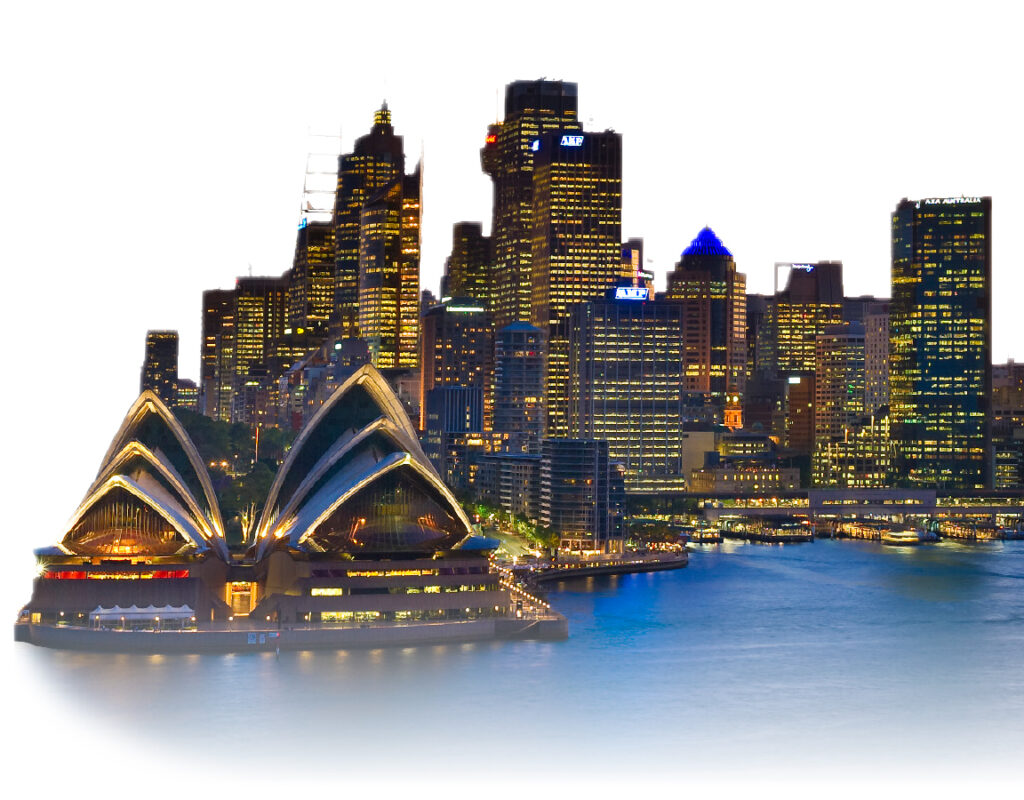
We launch Earth Hour in Sydney, Australia, encouraging people to turn their lights off for one hour to take a stand against climate change. It’s now the world’s largest environmental movement.

2008
Our lobbying, with partners, leads to the UK Climate Act – the world’s first legislation aimed at setting binding targets to reduce greenhouse gas emissions.

2010
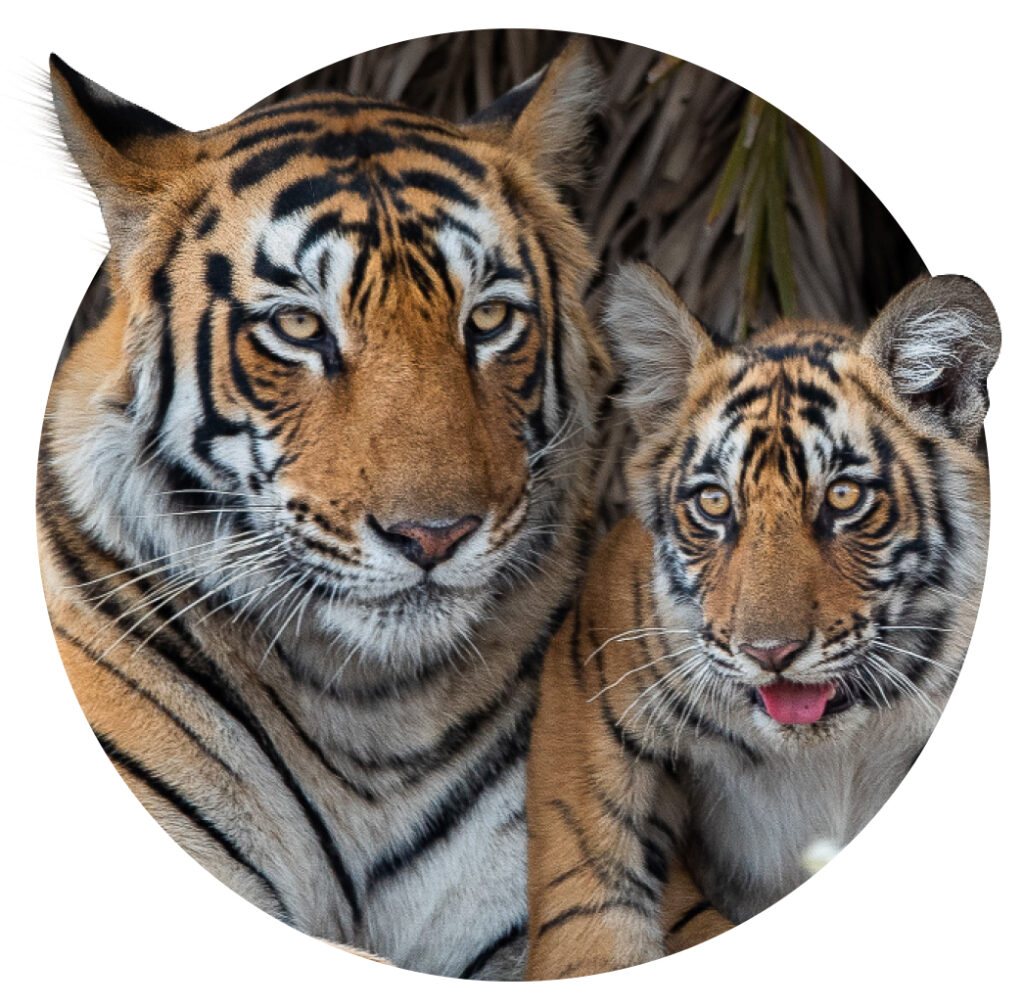
We help to organise a forum at which all 13 tiger range countries endorse the goal of doubling wild tiger numbers by 2022 – the next lunar year of the tiger. By 2016, our efforts have contributed to the first increase in global wild tiger numbers in conservation history.

2015
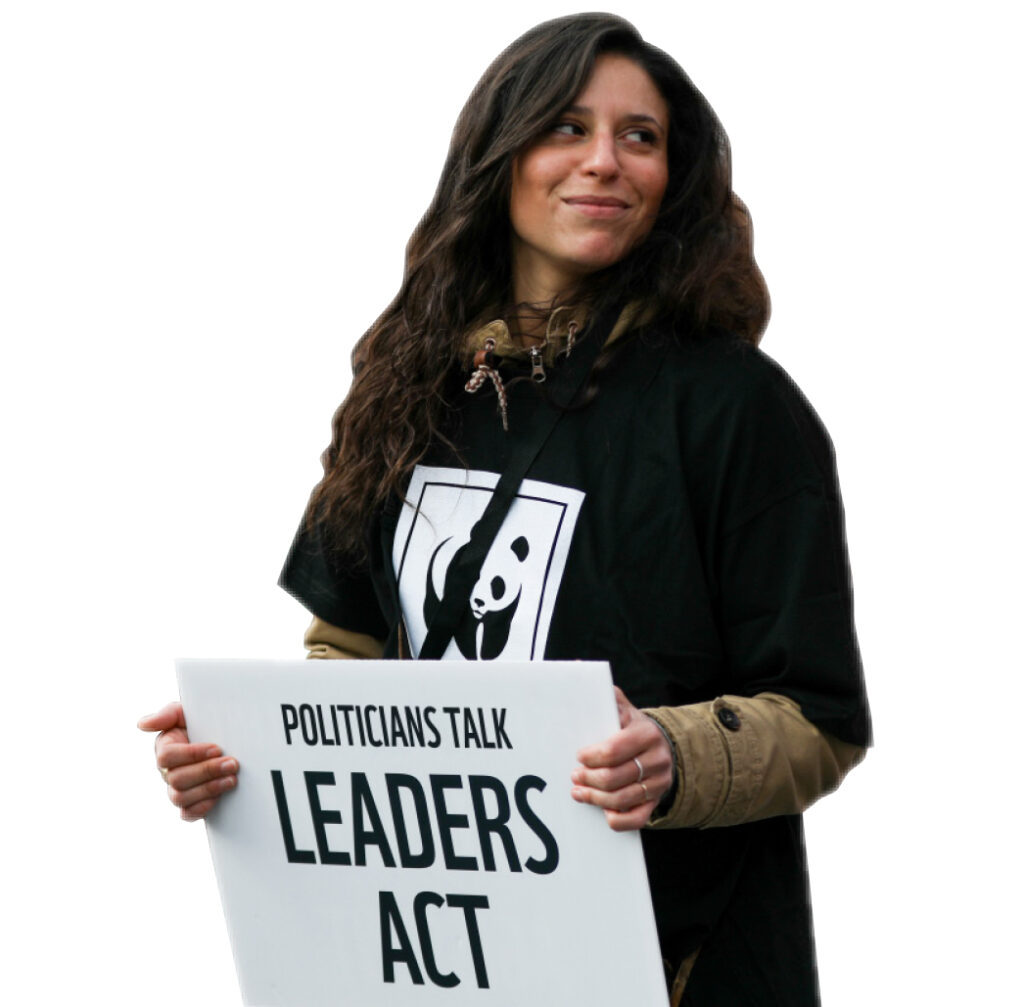
We play a key role in pushing world leaders to agree ambitious measures at the Paris climate talks. Almost 200 countries sign a historic pledge to hold global temperatures to a maximum rise of 1.5°C above pre-industrial levels.

2019

We launch Our Planet, with Netflix and Silverback Films. The series offers an unprecedented opportunity to inspire millions of people – in homes, businesses and governments – to fight to restore nature.
We’ve been working to protect nature for 60 years – and our successes are only possible with your support. Thank you.
More to explore
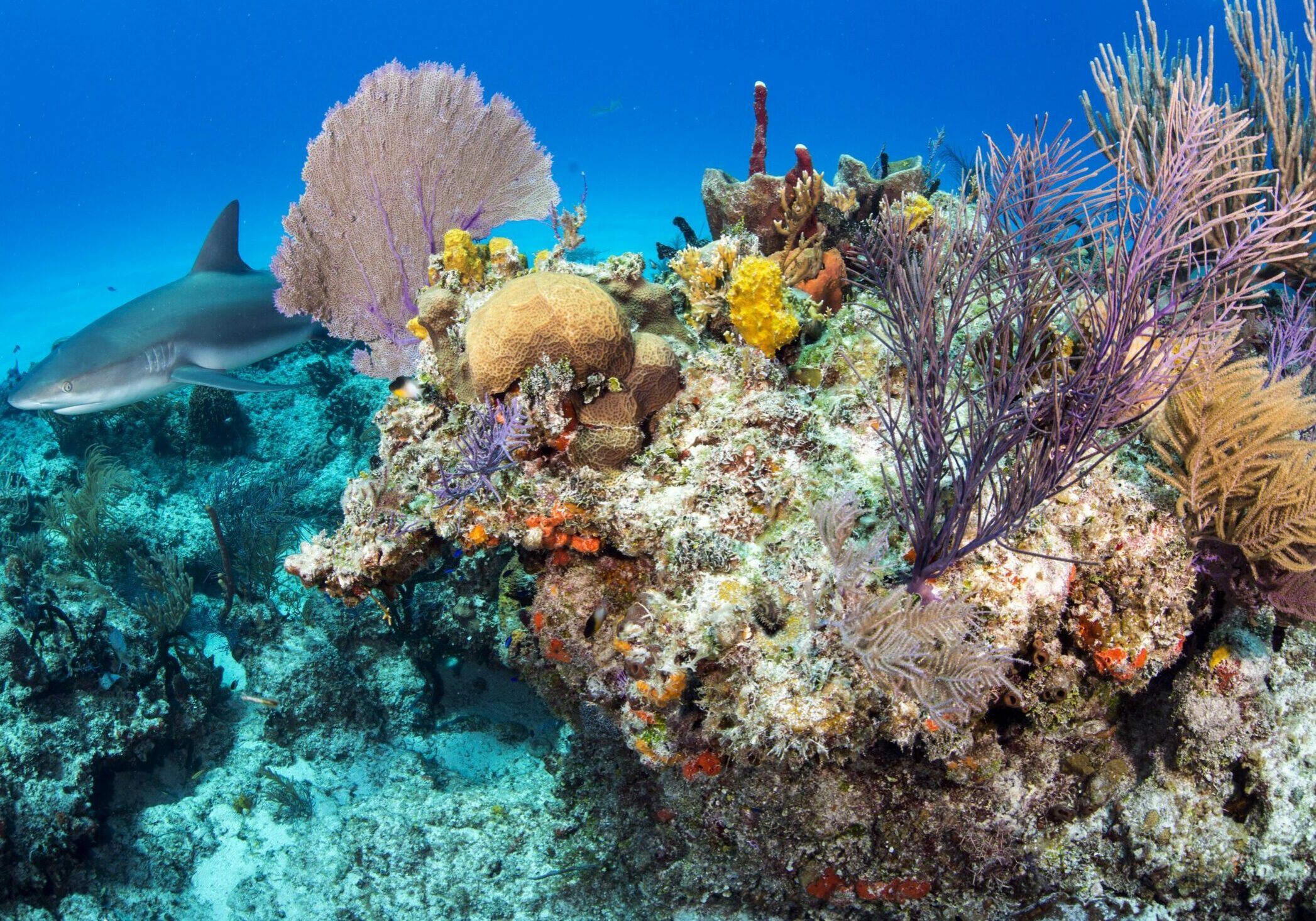
Make nature our climate hero
Nature can be one of our greatest allies in the fight against climate change. We’re calling for urgent action from governments to limit global warming to 1.5ºC – with the help of nature-based solutions
